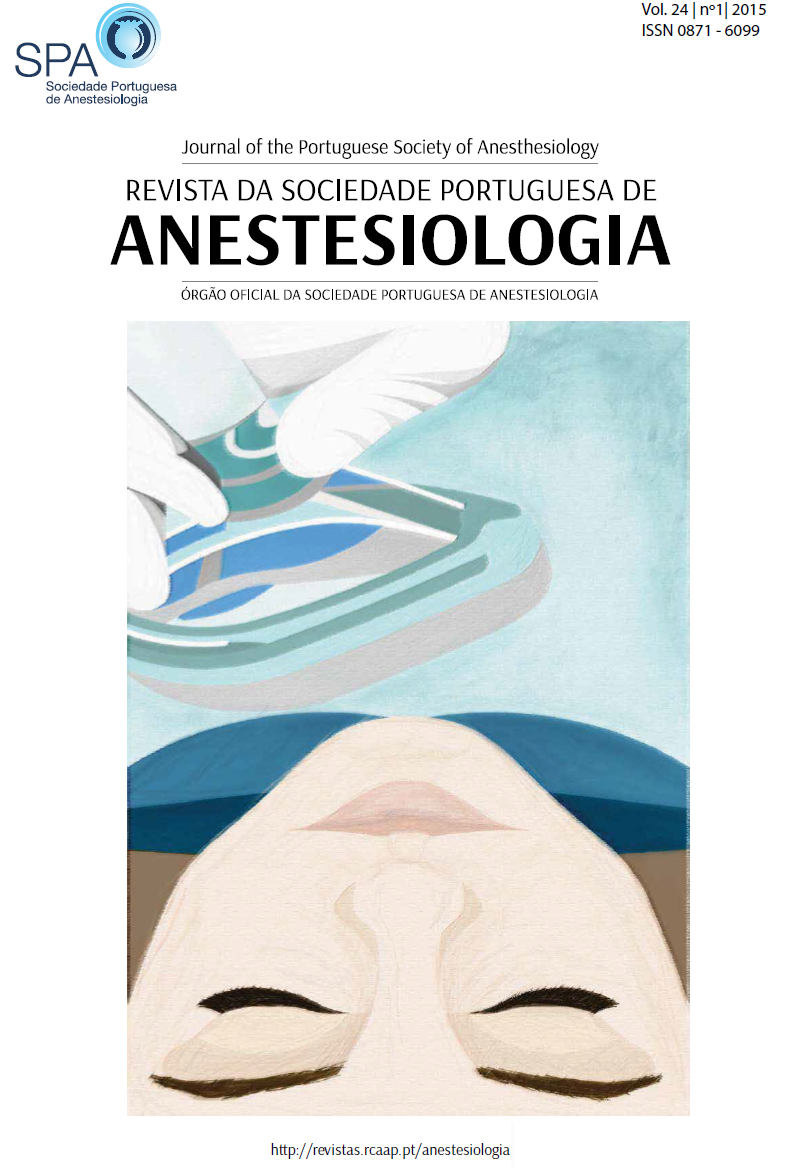Massive Hemorrhage in Obstetrics: key principles
DOI:
https://doi.org/10.25751/rspa.6553Keywords:
Postpartum Hemorrhage, Clinical Protocols, Point-of-Care Systems, Patient Care TeamAbstract
BACKGROUND: Postpartum hemorrhage is a leading cause of maternal mortality and morbidity worldwide. Their approach requires prompt recognition and assessment of blood losses, as well as volemic and hemostatic resuscitation with the suitable monitoring and timely etiologic treatment. New advances in postpartum hemorrhage management are emerging with the administration of clotting factors and the use of new techniques not previously applied in obstetric context.
This article aims to review and summarize the main key principles in the management of obstetrics massive bleeding with emphasis on a coordinated and interdisciplinary approach.
METHODS: Literature review using PubMed with the following terms: [massive hemorrhage] and obstetrics; [clinical protocol] and obstetrics; [monitoring coagulation tests] and obstetrics; [point-of-care tests] and obstetrics; [clotting factors] and [massive hemorrhage in obstetrics]. Selection of articles published from 2010 with inclusion of review and experimental articles, clinical cases and prospective or retrospective research articles.
RESULTS: The studies show similar results to the safe and effective use of new techniques in obstetric context.
DISCUSSION and CONCLUSIONS: Obstetric massive hemorrhage is a critical event and requires an aggressive interdisciplinary approach. The anticipation of the clinical situation, the team work and effective communication are essential tools in improving the outcome and decrease morbidity and mortality. No less important is the rapid assessment and on-site monitoring of hemostasis with point of care and targeted therapy (goal-directed coagulation management). Protocols and performance algorithms are of paramount importance and should be regularly trained by perinatal teams.
Downloads
Downloads
Published
How to Cite
Issue
Section
License
Articles are freely available to be read, downloaded and shared from the time of publication.
The RSPA reserves the right to commercialize the article as an integral part of the journal (in the preparation of reprints, for example). The author should accompany the submission letter with a declaration of copyright transfer for commercial purposes.
Articles are published under the terms of the Creative Commons Attribution Non-Commercial License (CC BY-NC).
After publication in RSPA, authors are allowed to make their articles available in repositories of their home institutions, as long as they always mention where they were published.


